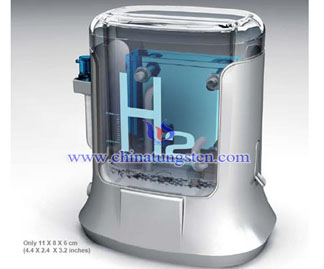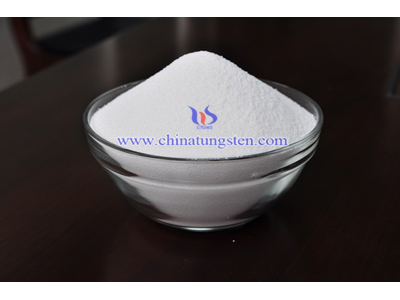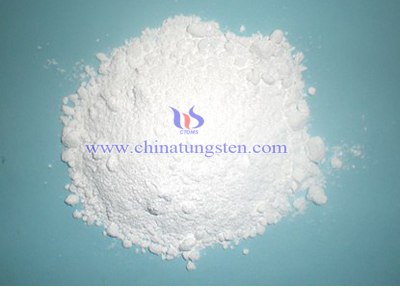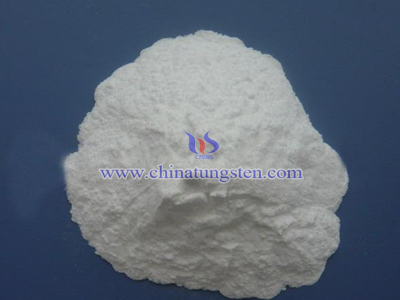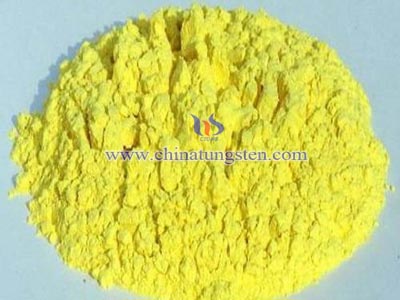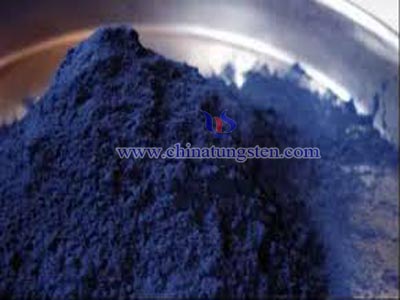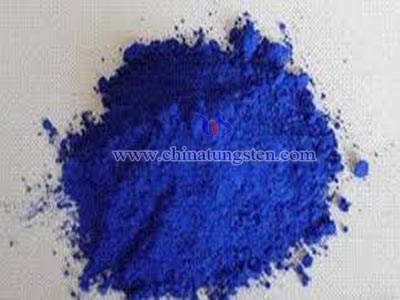Yellow Tungsten Oxide Fuel Cell Carrier
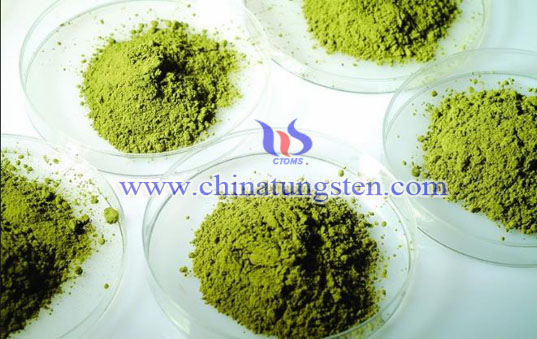
Yellow tungsten oxide (WO3), as a transition metal oxide, has excellent stability and oxidation resistance, that is, it has a strong acid, corrosion resistance, and very suitable for use in fuel cells Harsh high voltage, humidity and low pH reaction environment. In the electrochemistry field, WO3 can form a non-stoichiometric tungsten bronze in the acidic solution, which is favorable for hydrogen absorption and dehydrogenation reactions, thus makes it suitable to be as an electric catalyst carrier.
Conventional fuel cell catalysts are mainly depended on carbon as a carrier for supporting noble metal platinum (Pt), however, the activity of these kinds of catalysts will decrease in a very short period due to the corrosion resistance of carbon is not strong enough, and also result in short service life. Results have shown that WO3 partly replacing carbon as the fuel cell carrier and to form Pt/WO3 / C catalyst can greatly enhance the corrosion resistance and prolong the service life of catalyst. Moreover, the synergistic catalysis between yellow tungsten oxide and noble metal Pt can reduce the dosage of noble metal, which not only reduces the cost of catalyst, but also improve the catalytic activity.
In addition, one kind of Pt/WO3 catalyst has taken yellow tungsten oxide as carrier, in which WO3 shows in form of mesoporous WO3, and molybdenum as the active ingredient, follows show the preparation process:
1. Preparation of mesoporous metal oxide WO3 by the method of impregnation by adding mesoporous silica molecular sieve as template, and adding tungsten precursors;
2. Uniformly disperse mesoporous WO3 in an organic solvent with stirring to make it fully dissolving, then we get mesoporous WO3 carrier solution, wherein, the concentration of mesoporous WO3 in solution is among 0.001~0.1 M;
3. DISSOLVE chlorine molybdate Sufficiently in the ethylene glycol solution, and add sodium hydroxide dropwise into the ethylene glycol solution until the system PH turns to 9~13;
4. Reduce Pt in the solution obtained in step 3 by microwave method and cooled to room temperature;
5. Add the reduced Pt / ethylene glycol solution dropwise into the mesoporous WO3 carrier solution obtained in step 2, wherein the weight of the Pt is 5 to 40%; then add nitric acid solution to reduce PH value to 1~3, and then go on stirring for 24~48 hours, standing for 3~6 days to obtain a suspension;
6. Then the resulting suspension is centrifuged, washed and dried in vacuum to give a final product, Pt / WO3.

